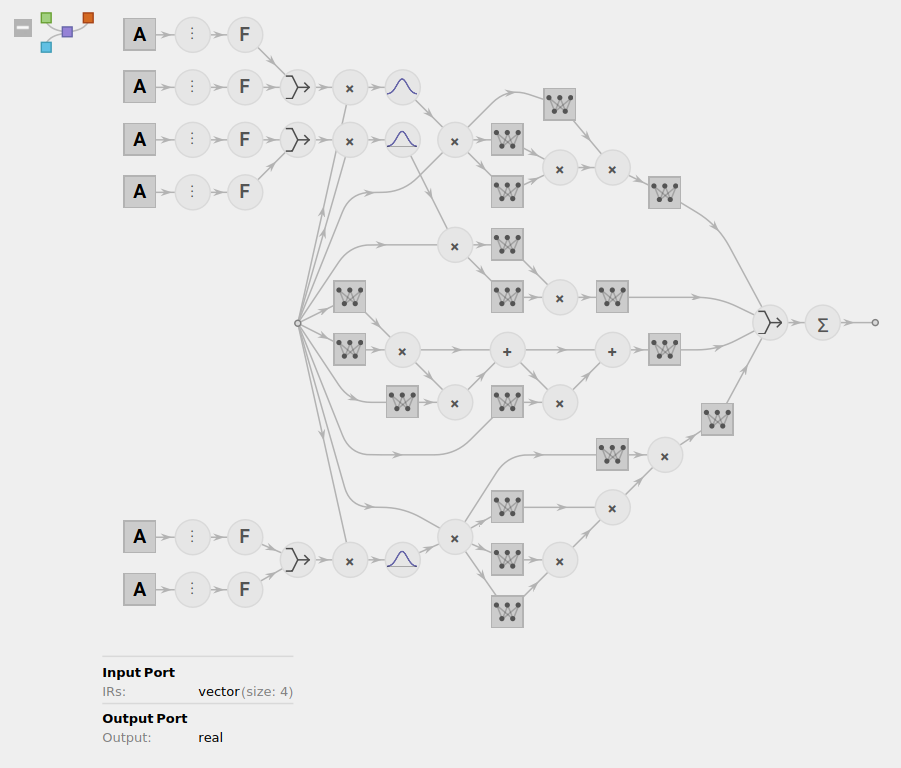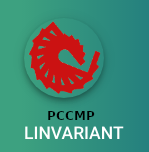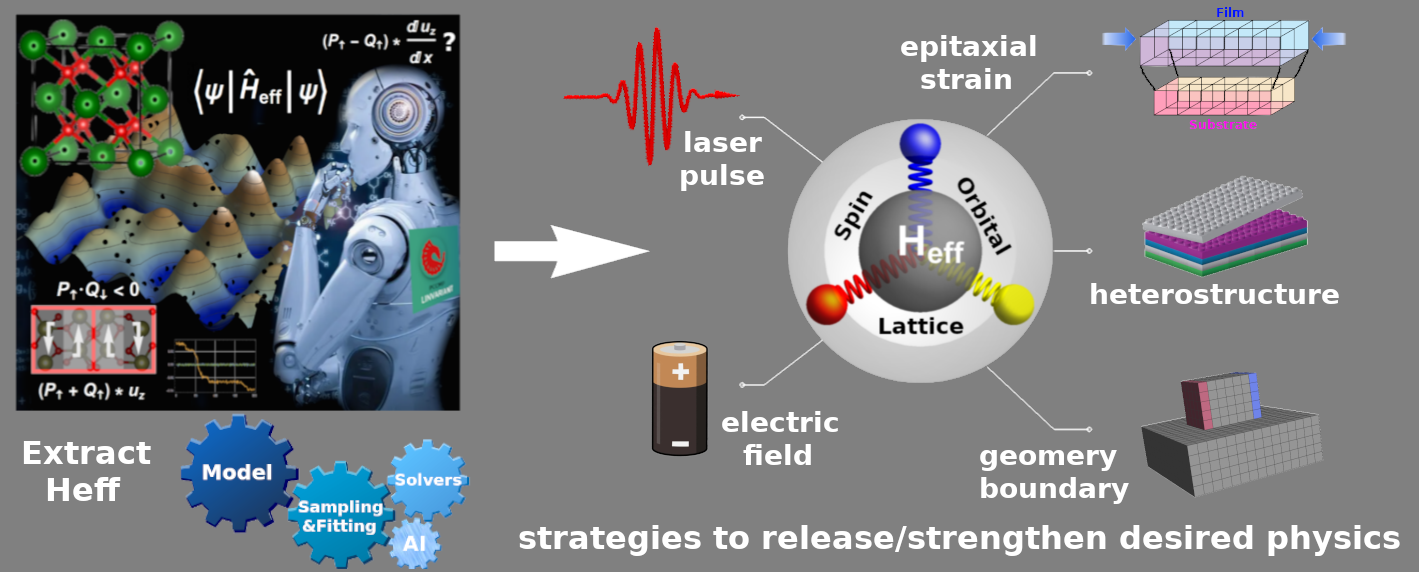LINVARIANT is a first-principles-based model effective Hamiltonian software package for the atomistic simulations of realistic materials. The goals are to reach large scales and keep being predictive.
INVARIANT is a property of a mathematical object (or a class of mathematical objects) that remains unchanged after operations or transformations of a certain type are applied to the objects.
L is to memorize famous physicist Lev Davidovich Landau (22 January 1908 – 1 April 1968).
- LINVARIANT takes care of multi-physics systems such as lattice, electron, spin, and their interactions.
- LINVARIANT is capable of generating both microscopic and phenomenological models.
- LINVARIANT learns/analysis the symmetry of the interaction forms and generates their DFT training accordingly.
- LINVARIANT solves the models with many numerical solvers, such as MC, MD, Exact diagonalization, Minimization, etc.
- For large-scale calculations, LINVARIANT exports FORTRAN code from symbolic models.
- Lattice models for structural phase transitions, such as Landau-Ginzburg-Devonshire models.
- Magnetic models for (non-)collinear spins, such as the extended Heisenberg model.
- Electronic models, such as the Tight-Binding model written in Wannier orbitals.
- Full models with couplings among lattice, orbitals, and spins.
- Models in zero-, one-, two, and three-dimension.
- Neural Network Potential (NNP)

- (1) Finite Element Method (FEM), (2) Minimization, (3) molecular dynamics (MD), (4) Monte Carlo (MC), and (5) Finite Differences nonlinear solver on the large-scale continuous model
- Parallel tempering algorithm is available with both MC and MD
- Basis (ionic): phonon/irreducible representation/atomistic basis
- Basis (electronic): pseudo-atomic/Wannier basis
- searching crystal structures by machine learning of the energy invariants
- walking around (sampling) the potential energy surface by machine learning the symmetry of the energetic coupling terms.

- Write Fortran (numerical) using mathematica (symbolic)
- interface to VASP, Quantum Espresso, and OpenMX
- interface to WANNIER90
- mpi and openmp parallelization
- dynamics under external electric field
- Jij of Heisenberg model from DFT by Liechtenstein formalism
- Fij (force constants) from tight-binding models (atomistic Green's function method)
- Electron/phonon bands unfolding
- phonon/magnon calculations from DFT input
- X ray diffraction simulation
- Nudged Elastic Bands (NEB) and Growing String Method (GSM) to explore the phase transition, dynamics, and domain wall structures
- Mollwide projection
- Boracite, Perovskite (To be added: Spinel, Rutile, Pyrochlore)
- implement the k dot p model builder
- adding transport property calculations
- including electron-phonon coupling (EPC) beyond first-order w.r.t. phonons.
- Microscopic origin of the electric Dzyaloshinskii-Moriya interaction, Phys. Rev. B 106, 224101 (2022).
- Deterministic control of ferroelectric polarization by ultrafast laser pulses, Nat. Commun. 13, 2566 (2022)
- Dzyaloshinskii-Moriya-like interaction in ferroelectrics and anti-ferroelectrics, Nat. Mater. 20, 341 (2021)
- Domain wall-localized excitations from GHz to THz, npj Comput. Mater. 6, 48 (2020)
- Improper ferroelectricities in 134-type AA’3B4O12 perovskites, Phys. Rev. B 101, 214441 (2020).
- Peng Chen - [email protected]
- Hongjian Zhao - [email protected]
- Sergey Artyukhin - [email protected]
- Laurent Bellaiche - [email protected]
See also the list of contributors who participated in this project.

